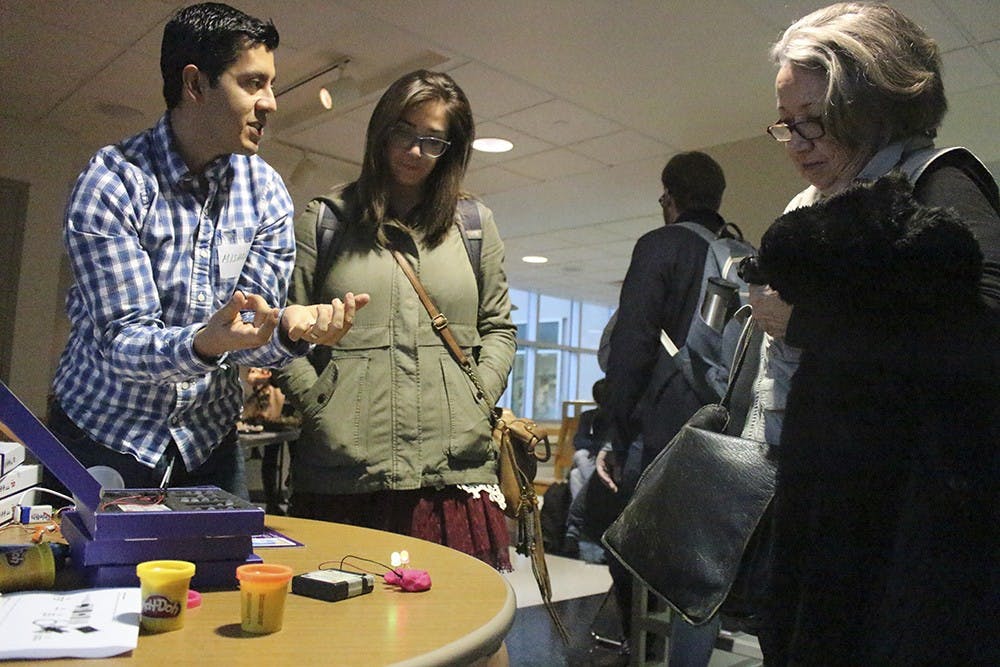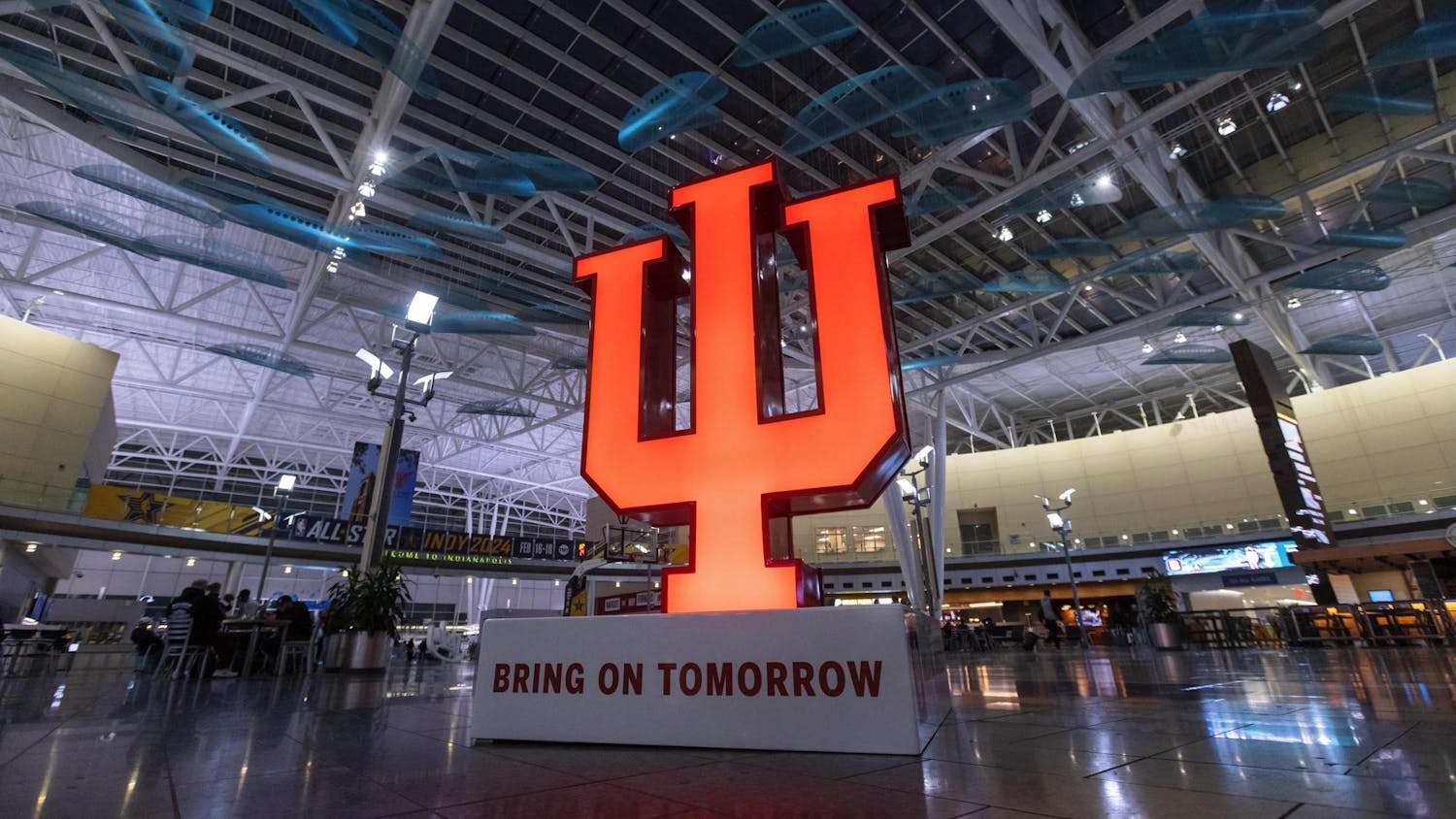The ribbon cutting ceremony for the new MILL, or Make Innovate Learn Lab, took place Monday evening in the School of Education’s atrium. The MILL will serve as a training ground for teachers to become makers so they can further understand the future of the field.
Interim Dean Terry Mason said he was excited to see IU on the forefront of such a major educational shift.
“The initiation of this lab will extend us really far in our efforts to transform teaching and learning in very significant ways,” Mason said. “What we want to be doing in all of this is contributing to improvements in teaching and learning — make them more effective, make them more meaningful and make them more productive for our students.”
Mason also introduced the idea of STEM learning as it relates to the Maker Movement. STEM stands for science, technology, engineering and mathematics, all of which are built alongside the creative elements incorporated into MILL.
Kylie Peppler, associate professor in the School of Education, was among many staff members on the committee to bring the Maker Movement to IU. During her brief talk, she mentioned the roots of the Maker Movement such as shop class or traditional crafts, as well as all other places where “making” originated.
“A lot of this is starting to come back into fashion because of the new technologies like laser cutters and 3D printers that allow us to reinvent all of those new traditions in new ways,” Peppler said.
Peppler introduced some of the specific programs IU faculty and staff plans to initiate as part of the maker initiatives, including after school robotics, a new Twitter for sciences, BioSim puppetry and many others that will benefit from MILL.
Paolo Blikstein, the event’s keynote speaker, was one of the educators at the forefront of Maker with FabLab@School, an offshoot of the movement.
Blikstein, as introduced by Chair of Education and Technology Cindy Hmelo-Silver, is an assistant professor at Stanford University with a doctorate in learning sciences from Northwestern.
“His research focuses on the design and evaluation of expressive, student-centered technologies for STEM learning,” Hmelo-Silver said. “In his earlier talk today, we got to hear quite a bit about the exciting work he’s doing and all the different things that means.”
The first FabLab emerged after much negotiation with associates on staff at Stanford, Blikstein said. His coworkers questioned whether children needed to be on campus taking part in these sorts of activities with students in the School of Education.
“Sometimes it takes a little bit of time, but once people see the amazing things these kids are doing with these new machines, it really makes people think about what it means to innovate in education,” Bilkstein said.
Blikstein addressed the role of the teacher in the Maker space and in education as a whole and highlighted the real reasons why he sees young people enter the profession.
“You see teachers, their eyes just spark in joy,” Blikstein said. “They say, ‘This is why I became a teacher — to see this kind of thing happening, to empower kids, to see their intellectual passions come out. They express their ideas, their theories. They build their project.”
One teacher from the Bloomington Project School, Tarrey Banks, spoke about how their Maker space has functioned successfully thus far in bringing out students’ natural problem-solving abilities.
Banks said he and his co-teacher, Scott Wallace, employ strategies using the Maker model often. They have a “Passion Period” four times a week in order to work on what they most want to explore.
In one instance, his pre-algebra class embraced the challenge of making what they saw as necessary for the classroom, such as shelving or modular tables among many other items.
“As a group of adults, over time we’ve created some pretty significant problems for our kids that they’re going to have to deal with,” Banks said. “Maker space, to me, when you get through the sexiness of all the tools, it’s about defining a problem, researching how you got there, figuring out who’s come before you and coming at it from another angle.”






